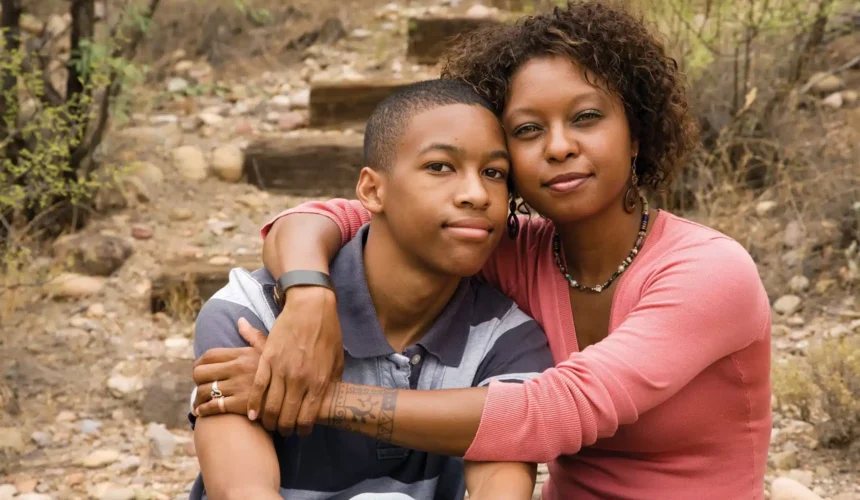Steps to Forgiveness
Forgiveness, according to the Bible, is a multi-step process. It begins with acknowledging the offense and letting go of feelings like anger and resentment. Prayer is crucial in seeking God’s help to extend grace and mercy to the offender. This includes praying for them, following Jesus’ command to love our enemies. Seeking reconciliation when possible is important for restoring relationships. Additionally, forgiveness involves letting go of grudges and forgiving ourselves for our own mistakes. Throughout this journey, trusting in God’s timing and relying on His strength are essential components.
Scripture: Matthew 18:21-22, Colossians 3:13, Ephesians 4:31-32
Introduction: Forgiveness is a central theme in the Christian faith. It is not just a one-time act but a continuous process that reflects God’s grace and mercy. Today, we will explore the steps to forgiveness and how we can apply them in our lives.
Main Points:
1. Acknowledge the Hurt
- Scripture: “Bear with each other and forgive one another if any of you has a grievance against someone. Forgive as the Lord forgave you” (Colossians 3:13).
- Explanation: The first step to forgiveness is acknowledging the hurt. Recognize the pain and the impact it has had on your life. This step is crucial because it allows you to confront your emotions honestly.
- Illustration: Share a story from the Bible, such as Joseph forgiving his brothers (Genesis 50:15-21), to illustrate the importance of acknowledging hurt.
2. Decide to Forgive
- Scripture: “Then Peter came to Jesus and asked, ‘Lord, how many times shall I forgive my brother or sister who sins against me? Up to seven times?’ Jesus answered, ‘I tell you, not seven times, but seventy-seven times’” (Matthew 18:21-22).
- Explanation: Forgiveness is a decision, not a feeling. Decide to forgive the person who has wronged you, even if they do not deserve it. This decision is an act of obedience to God’s command.
- Illustration: Use the parable of the unforgiving servant (Matthew 18:23-35) to highlight the importance of deciding to forgive.
3. Develop Empathy
- Scripture: “Get rid of all bitterness, rage and anger, brawling and slander, along with every form of malice. Be kind and compassionate to one another, forgiving each other, just as in Christ God forgave you” (Ephesians 4:31-32).
- Explanation: Try to understand the perspective of the person who hurt you. Developing empathy helps to soften your heart and makes forgiveness easier.
- Illustration: Share a personal story or a story from the congregation about how empathy helped in the process of forgiveness.
4. Release the Grudge
- Scripture: “Do not repay anyone evil for evil. Be careful to do what is right in the eyes of everyone” (Romans 12:17).
- Explanation: Holding onto a grudge only harms you. Release the grudge and let go of the desire for revenge. Trust that God will handle justice.
- Illustration: Use the story of David sparing Saul’s life (1 Samuel 24) to show the power of releasing a grudge.
5. Seek Reconciliation (if possible)
- Scripture: “If it is possible, as far as it depends on you, live at peace with everyone” (Romans 12:18).
- Explanation: If it is safe and appropriate, seek reconciliation with the person who hurt you. This step is not always possible, but it can lead to healing and restoration.
- Illustration: Share the story of Jacob and Esau’s reconciliation (Genesis 33) to illustrate the beauty of restored relationships.
6. Pray for the Offender
- Scripture: “But I tell you, love your enemies and pray for those who persecute you” (Matthew 5:44).
- Explanation: Praying for the person who hurt you can transform your heart and help you to forgive. It shifts your focus from the hurt to God’s healing power.
- Illustration: Share a testimony of someone who experienced transformation through praying for their offender.
Conclusion: Forgiveness is a journey that requires God’s grace and our willingness to follow His commands. By acknowledging the hurt, deciding to forgive, developing empathy, releasing the grudge, seeking reconciliation, and praying for the offender, we can experience the freedom and peace that comes from true forgiveness.
Suggested Image: A picture of a broken chain, symbolizing the release and freedom that comes with forgiveness.
May God grant us the strength and grace to forgive as He has forgiven us. Amen.


Leave a Reply